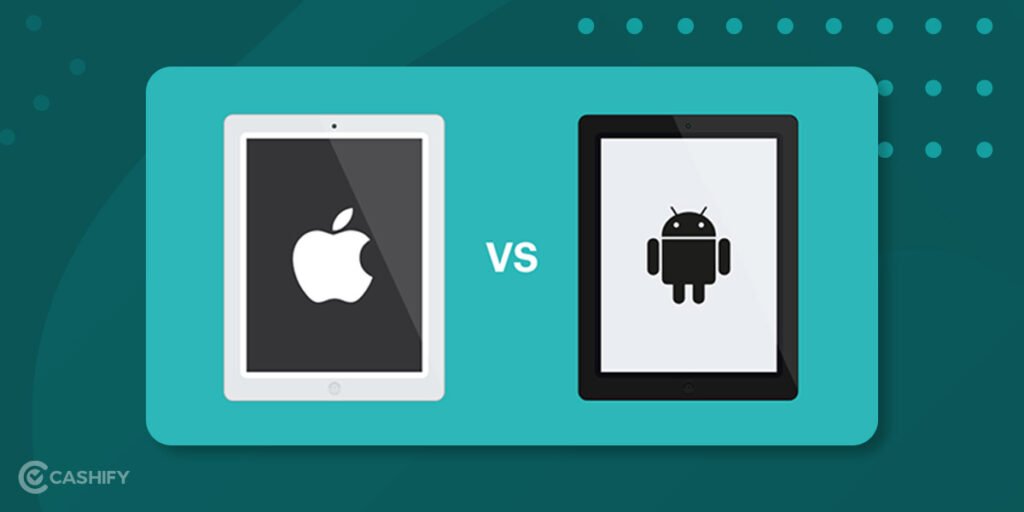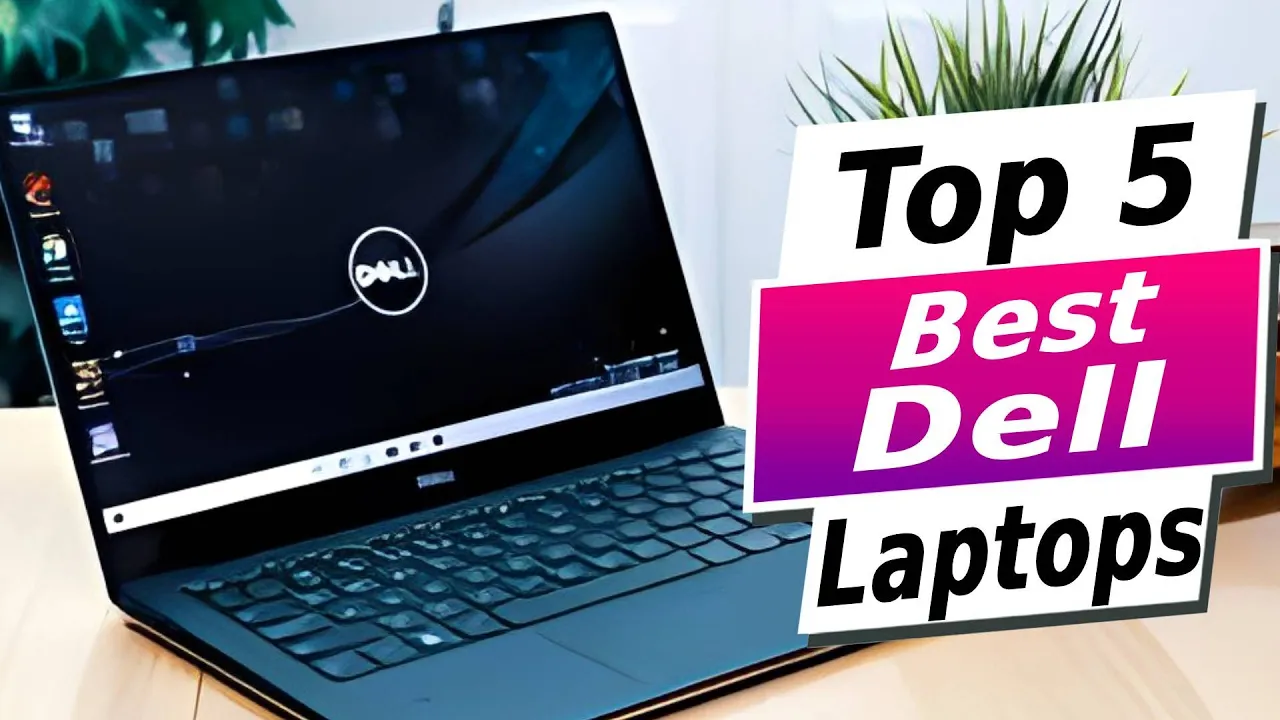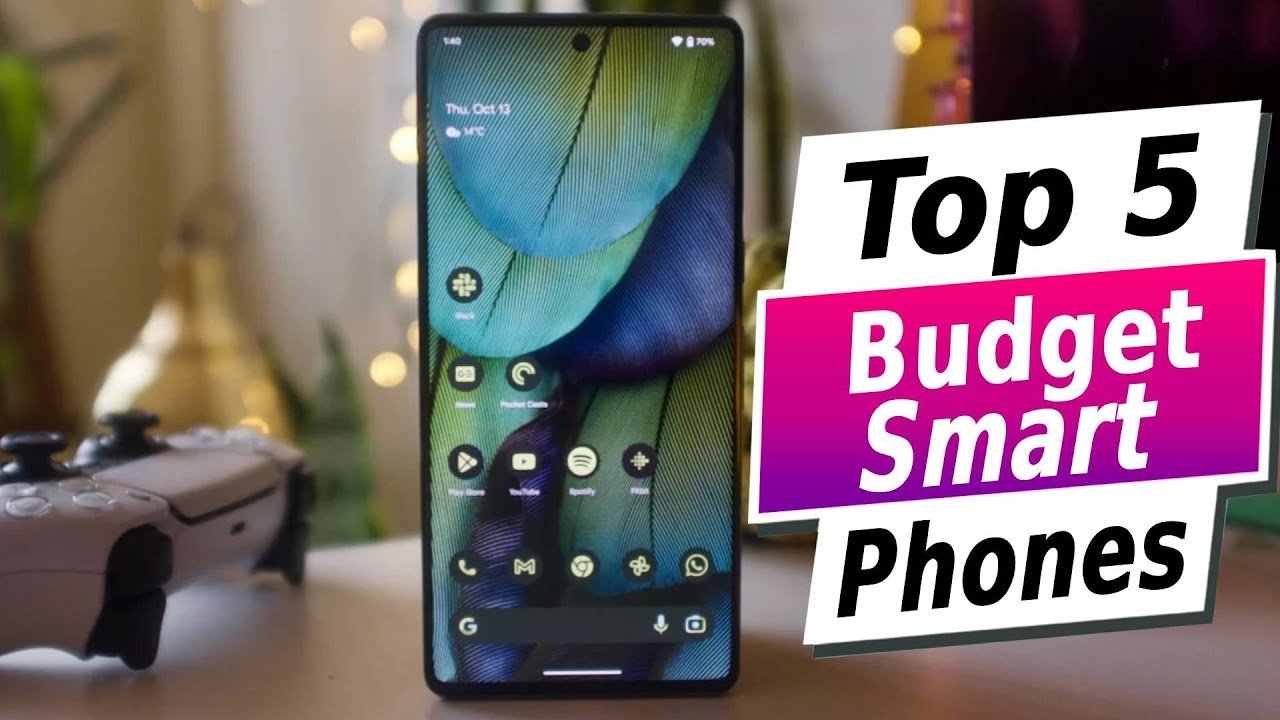When it comes to choosing between an iPad and a tablet, the decision can feel overwhelming. Both options have their strengths and weaknesses, and ultimately, what’s better depends on your needs and preferences. In this article, we’ll break down the key differences between iPads and other tablets, diving into performance, price, operating systems, and more to help you decide which device suits you best.
Understanding the Difference Between iPad and Tablets
Let’s start with the basics: an iPad is a type of tablet, but not all tablets are iPads. The iPad is made exclusively by Apple and runs on iPadOS, while other tablets are produced by a wide range of manufacturers and run on different operating systems like Android and Windows.
Operating Systems
iPadOS – The Exclusive Apple Experience
Apple’s iPadOS is specifically designed for the iPad, offering a smooth, intuitive, and seamless experience. Its interface is highly optimized, with apps built specifically for the hardware, making it responsive and easy to use. If you’re already using other Apple devices, such as an iPhone or MacBook, the ecosystem integration is a huge advantage. Features like Handoff, AirDrop, and Universal Clipboard allow these devices to work together effortlessly.
Android and Windows – The Versatile Alternatives
On the other hand, Android tablets and Windows tablets offer more variety in terms of operating systems. Android’s flexibility and openness give users the ability to customize their devices much more than iPadOS allows. You can choose from a wide range of apps and widgets, but some apps may not be as well-optimized for tablets as they are on the iPad. Windows tablets, like the Microsoft Surface, offer a more PC-like experience, which can be great for productivity.
Hardware and Build Quality
iPad’s Premium Design and Build
iPads are known for their premium build quality. Made from aluminum with sleek, minimalist designs, iPads are often seen as a symbol of luxury. The materials used are durable, and Apple’s attention to detail in design is unmatched. From the placement of the buttons to the feel of the device in your hands, an iPad is crafted to impress.
Other Tablets – Diversity in Build and Materials
In contrast, Android and Windows tablets come in a variety of designs and builds, depending on the manufacturer. Some high-end models, like Samsung’s Galaxy Tab series, rival the iPad in terms of design and build quality, but others are made from cheaper materials to hit lower price points.
Display Quality
Retina Display on iPads
Apple’s iPads feature Retina displays, known for their high resolution and excellent color accuracy. Whether you’re watching videos, editing photos, or reading, the iPad’s display offers a sharp and vivid experience, with great viewing angles.
Display Quality on Android and Windows Tablets
Other tablets vary significantly in display quality. Some Android tablets, such as Samsung’s Galaxy Tab S9, come with AMOLED displays, offering rich colors and deep blacks. Cheaper Android tablets may not offer the same level of clarity or brightness. Windows tablets like the Surface Pro series have excellent displays as well, but again, quality varies based on the price range.
Performance and Speed
Apple’s A-Series and M-Series Chips
One of the standout features of the iPad is its powerful performance. The latest iPads are equipped with Apple’s A-series chips or even the M-series chips, which are also used in their MacBooks. This ensures fast performance, whether you’re multitasking, gaming, or using resource-heavy apps for work or creativity.
Snapdragon, Exynos, and Other Tablet Processors
Most Android tablets rely on Qualcomm’s Snapdragon or Samsung’s Exynos processors. These chips perform well, especially in high-end tablets, but generally, they don’t quite match the raw power of Apple’s custom silicon. Windows tablets often use Intel processors, which provide performance closer to that of a laptop.
App Ecosystem
Apple App Store – The Curated Experience
Apple’s App Store is known for offering high-quality, well-curated apps. Developers often optimize apps specifically for the iPad, so you’re less likely to encounter compatibility issues. Whether you’re into productivity, creativity, or gaming, the iPad’s app ecosystem is vast and reliable.
Google Play Store – More Variety, Less Optimization
Android’s Google Play Store offers a wider variety of apps, but not all are optimized for tablets. You may encounter apps that look stretched or don’t make the best use of a tablet’s larger screen. Still, Android offers more flexibility, especially for users who want to sideload apps from outside the Play Store.
Price Comparison
iPads – A Premium Price for a Premium Product
There’s no denying that iPads are expensive. Even the entry-level iPad comes at a higher price than many mid-range Android tablets. However, if you’re willing to invest, the performance and longevity of an iPad can justify the cost.
Android and Windows Tablets – Options for Every Budget
Android and Windows tablets offer much more variety when it comes to pricing. Whether you’re looking for an affordable, entry-level device or a high-end tablet with all the bells and whistles, there’s likely an Android or Windows tablet that fits your budget.
Software Updates and Longevity
iPadOS Long-Term Support
Apple is known for supporting its devices with software updates for years, often much longer than any Android or Windows tablet. If longevity and security updates are important to you, the iPad has a clear advantage.
Android’s Fragmented Updates
While some Android tablets receive regular updates, many are at the mercy of the manufacturer. It’s common for cheaper tablets to stop receiving updates after a couple of years. Windows tablets tend to fare better in this regard, but the iPad still leads the pack in long-term support.
Accessories and Add-ons
Apple Pencil, Magic Keyboard, and More
The iPad has a range of official accessories, including the Apple Pencil, Magic Keyboard, and Smart Covers. These accessories are designed to integrate seamlessly with the iPad, enhancing its capabilities for note-taking, drawing, or turning it into a mini-laptop.
Options for Android and Windows Tablets
Other tablets also offer accessories like styluses and keyboards, but the variety and quality can vary greatly. Some, like the Microsoft Surface, have excellent keyboard attachments, while others may require third-party accessories that aren’t as well integrated.
User Experience
Seamless Apple Ecosystem
One of the biggest draws of the iPad is how it fits into Apple’s ecosystem. If you’re already using an iPhone
, Apple Watch, or MacBook, the iPad works seamlessly with these devices, sharing files, calls, and even your internet connection with ease.
Customizability of Android Tablets
Android tablets, on the other hand, offer more customization options. From changing the layout of your home screen to installing third-party launchers, you have more control over how your tablet looks and functions.
Gaming and Entertainment
Gaming on the iPad
With its powerful processors and optimized apps, the iPad excels in gaming. Apple Arcade offers exclusive games, and the iPad’s performance ensures smooth gameplay, even in graphically demanding games.
Gaming on Android and Windows Tablets
Android and Windows tablets also offer great gaming experiences, particularly high-end models like the Galaxy Tab S9 or Surface Pro. Android offers more flexibility with game emulators, while Windows tablets can run PC games.
Productivity and Work-Related Features
iPad for Creatives and Professionals
The iPad, particularly the iPad Pro, is a favorite among creatives for drawing, photo editing, and video production. With apps like Procreate, Adobe Photoshop, and LumaFusion, the iPad offers serious creative tools.
Android/Windows Tablets for Multi-tasking
For those who need to juggle multiple apps, Windows tablets like the Surface Pro may offer a better experience with true desktop-class software like Microsoft Office and Adobe Creative Suite. Android tablets are also improving in multitasking but still trail behind iPadOS and Windows in this regard.
Portability and Battery Life
iPads – Slim, Light, and Efficient
iPads are known for being slim, lightweight, and having long-lasting battery life. Even the larger iPad Pro models are easy to carry, and Apple’s efficient software helps extend battery life.
Android/Windows Tablets – Varies by Brand
Portability and battery life on Android and Windows tablets vary depending on the brand and model. Some Android tablets offer comparable battery life to the iPad, but cheaper models may fall short.
Conclusion
In the battle of iPads vs. tablets, there’s no one-size-fits-all answer. If you’re looking for a premium experience, powerful performance, and seamless integration with other Apple devices, the iPad is likely your best bet. On the other hand, if you want more variety in pricing, customizability, or need a device that leans toward a desktop experience, an Android or Windows tablet might be a better choice. Ultimately, the right choice depends on your personal preferences and what you plan to do with your tablet.
FAQs
1. Which is better for students, iPad or tablet?
The iPad is great for students who need apps for note-taking, reading, and multitasking. However, Android and Windows tablets may offer cheaper alternatives with similar functionality.
2. Can I replace my laptop with an iPad or tablet?
Yes, the iPad Pro or a high-end Windows tablet like the Surface Pro can replace a laptop for most tasks. It depends on your specific needs, such as software requirements.
3. Which has a longer battery life, iPad or Android tablet?
iPads generally have longer battery life due to Apple’s efficient software. Some high-end Android tablets also offer good battery performance, but it varies by model.
4. Is the iPad better for gaming compared to Android tablets?
The iPad’s powerful processors and optimized apps make it better for gaming, especially with access to Apple Arcade. However, some Android tablets can offer more flexibility with emulators and game streaming.
5. What should I consider when choosing between an iPad and a tablet?
Consider factors like operating system, price, app ecosystem, and whether you already use other Apple products. If customization is important, Android tablets offer more flexibility.





Leave a Reply